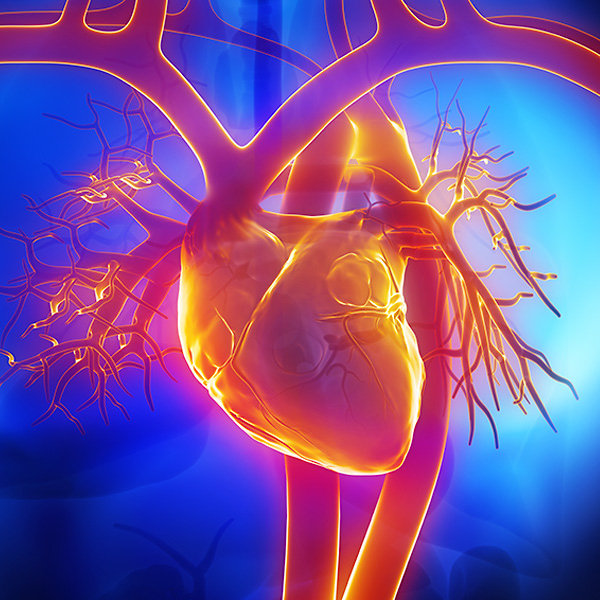Atrial Septal Defects
Overview and Facts about Atrial Septal Defects
An atrial septal defect (ASD) is a heart condition that occurs when a hole in the wall (septum) develops between the upper chambers of the heart. ASD is caused by a congenital defect, meaning it is present at birth.
The hole can vary in size and may close on its own, or it may require surgery to repair. ASD is commonly referred to as a “hole in the heart," but is different than a ventricular septal defect.
Signs and Symptoms of Atrial Septal Defects
If the hole is small, there are typically no symptoms of ASD. Often, it is detected as part of a routine physical exam, when a pediatrician hears a heart murmur (a swishing sound heard between heartbeats).
When the hole is substantial, noticeable symptoms in infants and children may include:
- Frequent respiratory or lung infections
- Rapid breathing
- Easily becoming tired when feeding (infants) or playing
- Shortness of breath with activity
- Poor growth
If a large ASD is not repaired, the extra blood flow to the lungs and right side of the heart can eventually cause heart problems, as well as other conditions. These problems tend to occur in adulthood.
Complications include:
- Right-sided heart failure
- Arrhythmias or irregular heartbeats
- Stroke
- Shortness of breath
- Swelling of legs, feet, or abdomen
- Pulmonary hypertension: increased pressure in the pulmonary arteries.
Causes and Risk Factors of Atrial Septal Defects
Normally, the role of the left side of the heart is to pump oxygen-rich blood to the body, while the right side of the heart pumps oxygen-poor blood to the lungs. In those with a large ASD, blood travels across the hole from the left upper heart chamber to the right upper chamber. As a result, some oxygen-rich blood is pumped into the lungs instead of the body.
The extra blood being pumped into the lung arteries makes the heart and lungs work harder than normal, causing symptoms and possible damage.
In some babies, the wall that separates the two chambers does not properly form during development, leaving an opening in the wall.
Most ASDs occur by chance, while some may be caused by a gene defect, chromosome abnormality, or environmental exposure.
Tests and Diagnosis of Atrial Septal Defects
Tests to confirm an ASD diagnosis include:
- Electrocardiogram: a test that records the electrical signals in the heart
- Echocardiogram: a test that uses sound waves to create pictures of the heart's chambers, valves, walls, and the blood vessels
- Chest X-ray: to check the size of the heart and blood vessels
- Cardiac Magnetic Resonance Imaging (MRI)
Treatment and Care for Atrial Septal Defects
Small ASDs (less than 5 millimeters) that don’t affect the way the heart works will not require treatment. Most small ASDs close on their own by the time a child reaches 18 months old. When an ASD is large (8 to 10mm) and is causing symptoms, treatment is required to correct this heart condition. Treatment options include:
- Transcatheter Device Closure: a procedure in which a “patch” is used to close the hole, using a long thin tube (catheter) that is directed to the heart through the large blood vessel in the groin.
- Open-heart surgery: to repair large or complicated ASDs.

Request an Appointment
Loyola Medicine heart and vascular specialists have the experience and technology to treat the most difficult cardiac and vascular conditions. Schedule an appointment today.
Schedule a Telehealth Appointment
